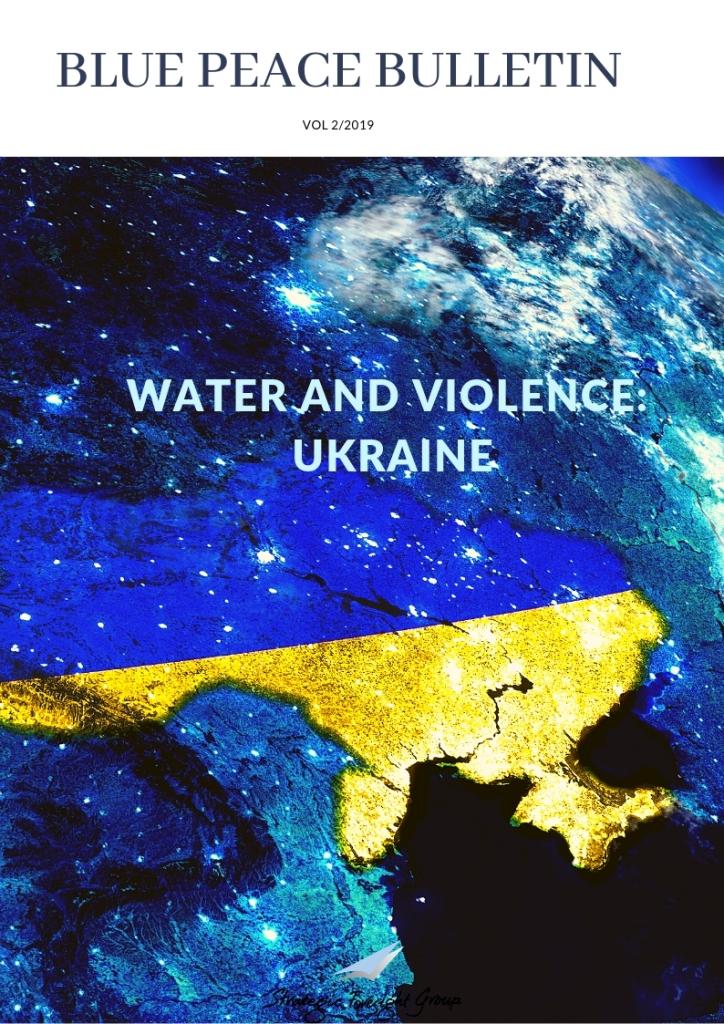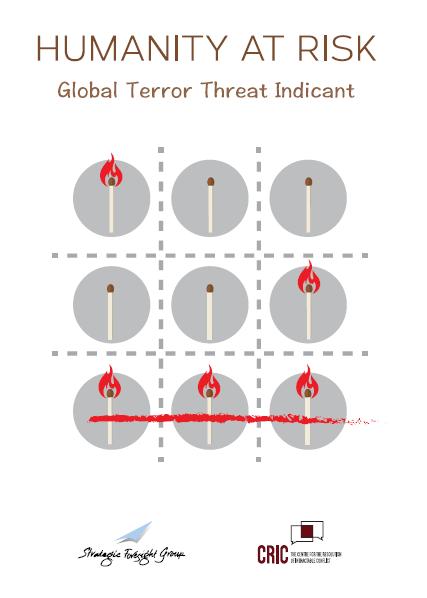What's In A Name?
 |
October, 2009
By Anumita Raj
|
In recent weeks, most Indians have been subject to mass amounts of information and opinion on the Naxalite problem in the country. The Prime Minister Dr. Manmohan Singh and the Home Minister Mr. P. Chidambaram have both stated recently on the record that the Naxal insurgency within the country is the gravest internal threat that India has ever faced. Dealing with this threat in the future will require measures on government���s part that are at the same time more expansive and more definitive. It has been painfully obvious for some time now; state police forces have battled to no avail to curb the threat.
The statements sent the media establishment into a flurry, with countless hours of programming and several inches of newsprint devoted to examining and counter-examining the threat. If all of this has raised the level of discourse over the threat in the country, then it has been a win for the government, and a necessary step towards greater security. Intelligence reports show that Naxals have now extended their base to close to 20 states in India and that they have long been planning and executing an extension of their jungle warfare to urban centres. The beheading of police officer Induwar Francis by Maoists was the act that then pushed the whole matter into overdrive in the country���s consciousness. What was an act of retaliation against government officials for their refusal to release senior Maoist leaders from prison, has brought into sharp focus the entire issue for the whole country.
At the root of successfully dealing with the issue is a clear definition of the exact threat that is being faced. Leaving ill-equipped state law enforcement agencies to deal with the threat in individual states, as opposed to addressing the entire matter as a national threat, has yet to pay dividends. Even as the Home Ministry has begun to react to threat as a unified national one, those dealing with the Naxals on a day to day basis are still the state policemen. While obviously the Home Ministry does not believe them to be simply criminals, leaving state police forces to deal with them is tantamount to treating them as such.
On the other hand, bringing in the Army to deal with them will imply that the threat is not internal but external, which is also not the case. Not only that, but bringing in the tactics of the Armed Forces, which have been created to deal with war situations, will endanger civilian lives and create a backlash against the government. In an effort to combat the Army, the Navy and the Air Force, the Maoists rebels could turn to more sophisticated and effective weaponry, a move that is certainly not desirable. There is also a possibility that the presence of the Armed Forces in civilian areas could foster the kind of resentment, anger and backlash from the locals, much like what is being witnessed in Kashmir.
This is a political and ideological war at its root; it is now being fought on two entirely different fronts, in the urban areas and in the jungles, and has spread in some shape or form to 20 of the states of India. The best way to tackle the issue would be to start with a national government that identifies the problem as exactly that. These insurgents are akin to terrorists, something that the Government has acknowledged. They are fighting to undermine the authority of a democratically elected government and are employing guerrilla tactics to achieve their political goals. They have taken to beheading security personnel and holding hostages.
The most effective way to fight back would also require a hybrid security and intelligence force. Rather than letting state police officials gather intelligence piecemeal from their individual states and respond to them disjointedly, a central taskforce, including liaisons from each state that is affected should be set up. The taskforce should also be given the backup and training of members of the National Security Council. The taskforce should be under the direct supervision of the Home Minister. They should have legal oversight from former judges so that while they enforce the law, they do not overstep their bounds. The Indian government, this way, will be expanding its powers and abilities in this area, while ���covering their bases���, legally.
If the government intends to tackle this terror headlong and intends to dismantle the insurgent network in a timely and effective manner, then the handling of this matter will have to begin treating the insurgents as a national terrorist threat. Treating them as either common criminals or like a foreign enemy has not until now, and will not in the future, serve the best interests of the Government of India. If the government wishes to get a leg up on what is sure to be a long and arduous battle, then this must be the first step.
Related Publications
Related latest News
Related Conferences Reports
-

P5 Experts Roundtable on Nuclear Risk Reduction
Download:Geneva Roundtable Report
-

Roundtable on Global Security and Catastrophic Risks
Download:Report on RT revise





